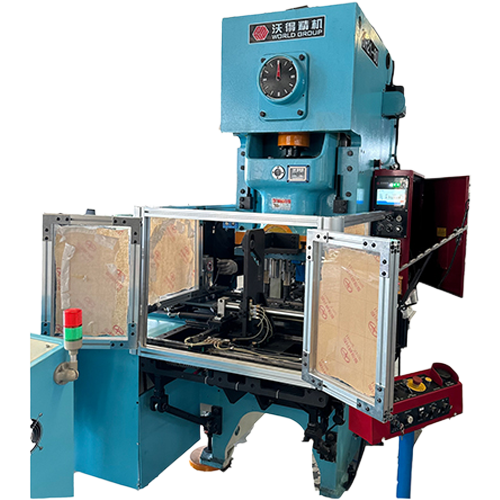What is the parallel operation mechanism of the semi-automatic cylindrical canning machine?
The parallel operation mechanism of the semi-automatic round can sealing machine is a technical means to enable the equipment to process multiple round cans at the same time. Through rational design and process flow, the sealing machine has the ability to process multiple round cans simultaneously, thereby improving production efficiency and capacity utilization. The following is a detailed analysis of the parallel operation mechanism of the semi-automatic round can sealing machine:
Multi-station design: This semi-automatic round can sealing machine adopts a multi-station design, that is, multiple working positions are set on the equipment, and each working position can independently complete the sealing operation. In this way, a plurality of round cans can be placed in different working positions at the same time, thereby achieving parallel processing of the round cans.
Synchronous action control: The parallel operation mechanism requires that the sealing action of each working position can be carried out synchronously to ensure that the sealing operation can be completed simultaneously in each round. Through the precise control system and transmission device, the semi-automatic round can sealing machine can achieve synchronization and coordination between various working positions, so that the round can can be sealed at the same time in different working positions.
Segmented operation: In the design of semi-automatic cylindrical canning machines, the equipment is usually divided into different areas, each corresponding to a working position. In this way, the operator can operate simultaneously in different areas, place multiple cans in their respective working positions, and uniformly start the sealing action through the equipment control system, thereby achieving synchronous sealing of multiple cans.
Process optimization: Different sealing process flows can be rationally optimized and designed. For example, some processes that take a long time can be assigned to specific jobs, while some processes that are completed quickly can be assigned to other jobs, thereby balancing the sealing time between various jobs and improving overall production efficiency.
Operator cooperation: The implementation of the parallel operation mechanism also requires close collaboration among operators. Operators need to reasonably arrange the placement of the round cans according to the instructions of the equipment, and monitor the sealing process of each working position in a timely manner after the equipment is started to ensure that each round can can successfully complete the sealing operation.
Stability and reliability of equipment: Implementing a parallel operation mechanism also requires sufficient stability and reliability of the equipment itself. Sealing quality and production efficiency at each working position can only be guaranteed if the equipment can maintain stable performance during long-term operation.
Recommended Products


 EN
EN
 中文简体
中文简体 English
English













